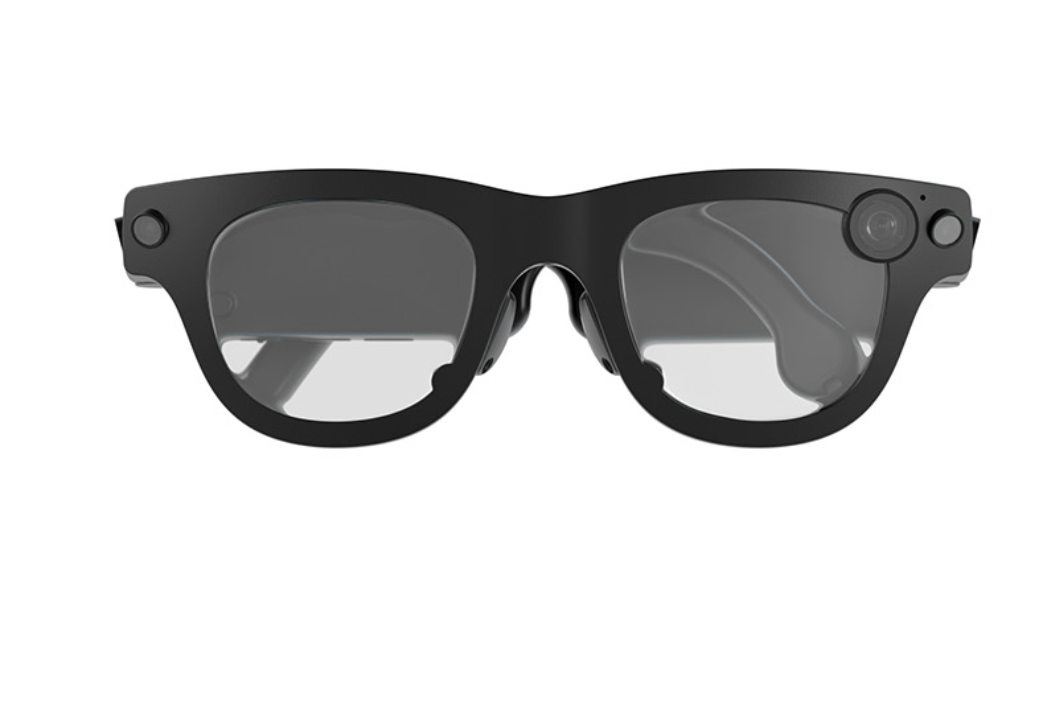
Exploring Meta's Aria Gen 2: The Future of Smart Glasses in Research
Share
Exploring Meta's Aria Gen 2: The Future of Smart Glasses in Research
Meta's Aria Gen 2 smart glasses represent a significant advancement in wearable technology, designed exclusively for research purposes. Building upon the foundation of the original Project Aria glasses introduced in 2020, Aria Gen 2 integrates advanced sensors and processing capabilities to facilitate groundbreaking research in augmented reality (AR), artificial intelligence (AI), and robotics.

Advanced Sensor Suite for Comprehensive Data Collection
Aria Gen 2 is equipped with a sophisticated array of sensors that enable detailed environmental and physiological data collection:
- Eye-Tracking System: Monitors gaze direction, blink detection, and pupil center estimation, enhancing human-computer interaction.
- Computer Vision Cameras: Four cameras provide 3D hand and object tracking, facilitating precise spatial awareness.
- Photoplethysmography Sensor: Located in the nosepad, it estimates heart rate, offering insights into the user's physiological state.
- Contact Microphone: Captures clearer audio in noisy environments by detecting vibrations through the nosepad.
- Ambient Light Sensor: Differentiates between lighting environments, aiding in context-aware computing.
Source: Project Aria - Aria Gen 2 Glasses

Enhanced Design for Comfort and Usability
Weighing approximately 74 to 76 grams and available in eight sizes, Aria Gen 2 introduces folding arms for improved portability and comfort. The lightweight design ensures that researchers can wear the glasses for extended periods without discomfort, making them suitable for various research environments.
Source: Meta Blog - Inside Aria Gen 2

Research-Driven Platform for Innovation
Aria Gen 2 is not intended for consumer use but serves as a powerful research tool. Applications to access these glasses will open later in 2025, providing a platform for advancements in machine perception, contextual AI, and robotics. By offering this technology to researchers, Meta aims to accelerate innovation in wearable computing and AI applications.
Source: Meta Blog – Gen 2 Overview
Conclusion
Meta's Aria Gen 2 smart glasses stand at the forefront of research-focused wearable technology. With their advanced sensor suite, ergonomic design, and dedicated research platform, they offer unprecedented opportunities for exploring the future of AR, AI, and human-computer interaction. As applications open later this year, researchers worldwide will have the chance to leverage Aria Gen 2 in pioneering studies that could shape the next generation of smart glasses and wearable devices.
For more information, visit the official Project Aria website.
